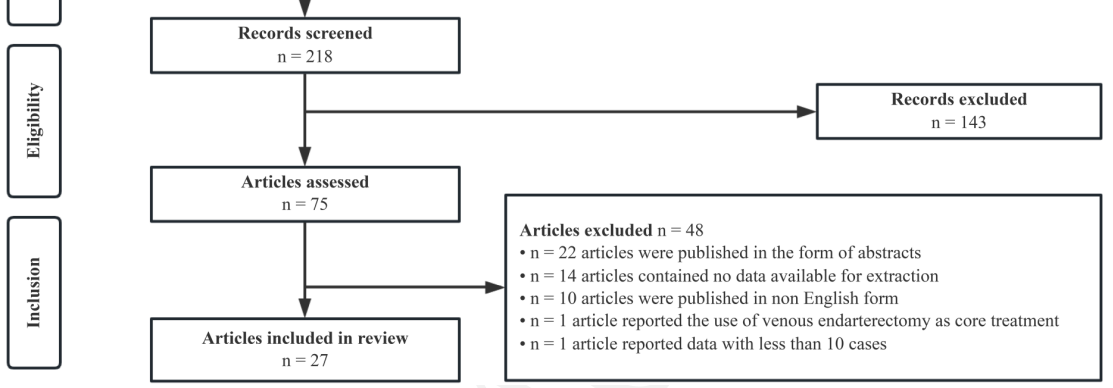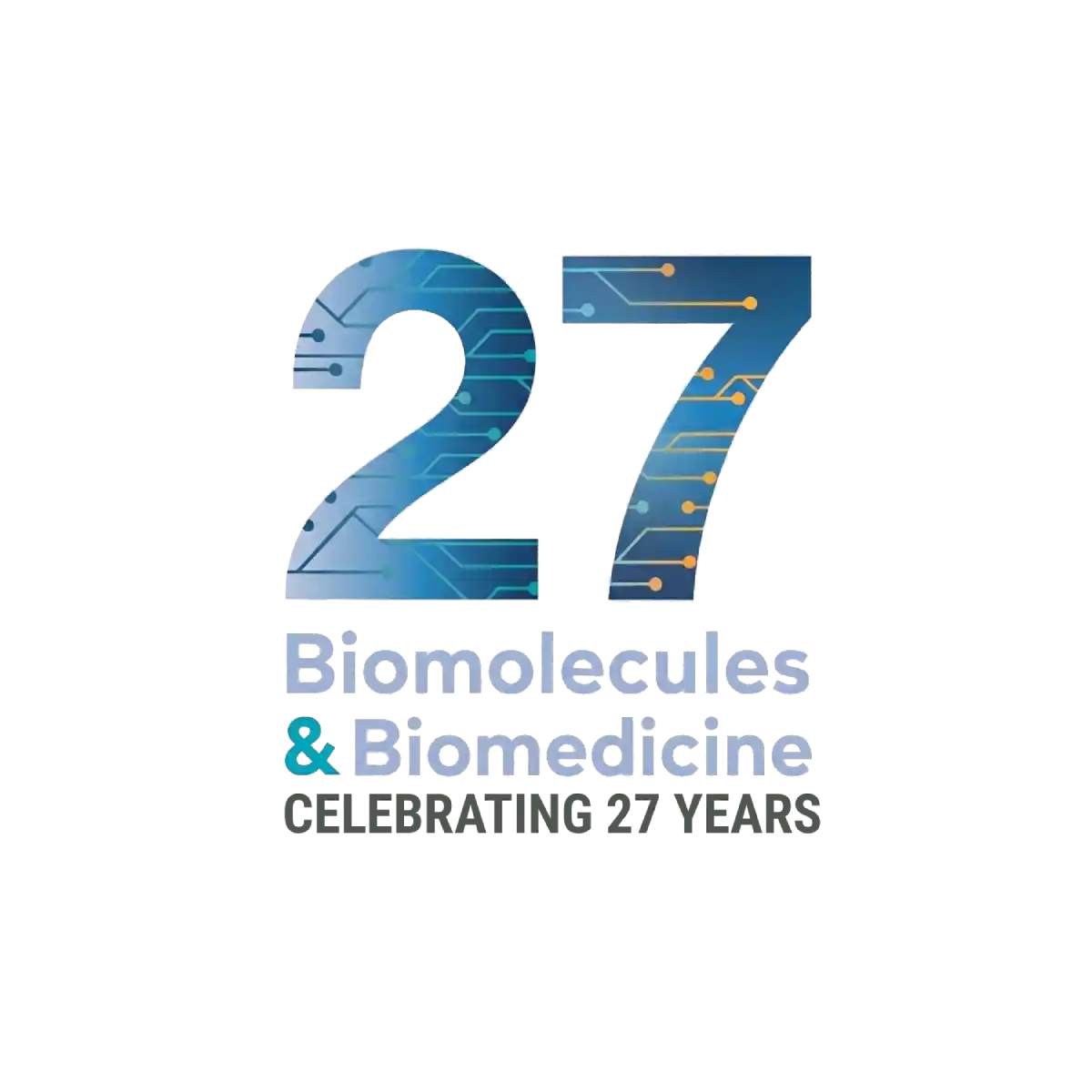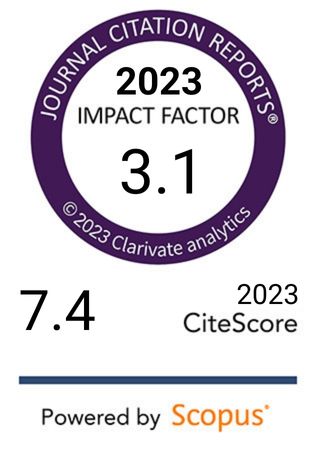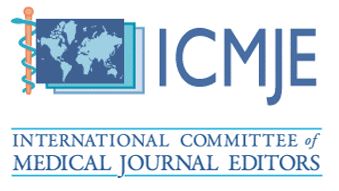Iliac vein stenting outcomes in non-thrombotic and thrombotic diseases: A systematic review and meta-analysis
DOI:
https://doi.org/10.17305/bb.2025.12777Keywords:
Iliac vein, stents, venous thrombosisAbstract
Iliac vein stenting (IVS) is an endovascular revascularization procedure for iliac venous outflow obstruction. We aimed to synthesize the efficacy and safety of IVS across iliac vein disease phenotypes and follow-up horizons. Following a pre-registered protocol (PROSPERO CRD42024606701), we systematically searched Embase, Scopus, PubMed, Web of Science, and Cochrane Library on October 5, 2024. Without restricting study design, we included English-language reports with at least 10 patients that reported at least one prespecified outcome (or convertible data) and excluded studies with additional core therapies or duplicated cohorts. Diseases were classified as non-thrombotic iliac vein compression syndrome (NIVCS), post iliac vein thrombotic syndrome (PIVTS), chronic iliac vein obstruction (CIVO, that is, NIVCS or PIVTS), and acute thrombotic iliac vein obstruction (ATIVO, that is, a CIVO patient with acute ipsilateral thrombosis). The primary outcome was cumulative primary patency (CPP); secondary outcomes comprised ulcer healing, edema and pain relief, quality-of-life improvement, revised Venous Clinical Severity Score change, and adverse events. CPPs at prespecified intervals were extracted for each disease category and pooled in separate meta-analyses. Twenty-seven studies (4,782 patients) were included; demographic, intraoperative, and outcome data were systematically abstracted. Pooled CPPs were consistently high, particularly for NIVCS, and were lower when thrombotic components were present (PIVTS and ATIVO), while other efficacy outcomes generally improved and serious complications were uncommon. In conclusion, across diverse iliac vein diseases and follow-up periods, IVS demonstrates good efficacy and safety; this unfunded study supports IVS as a prominent treatment option.
Citations
Downloads

Downloads
Additional Files
Published
Issue
Section
Categories
License
Copyright (c) 2025 Mingxuan Li, Shunquan Wang, Jianwen Zhao, Changzhou Li, Yu Yan, Chuang Shi

This work is licensed under a Creative Commons Attribution 4.0 International License.









